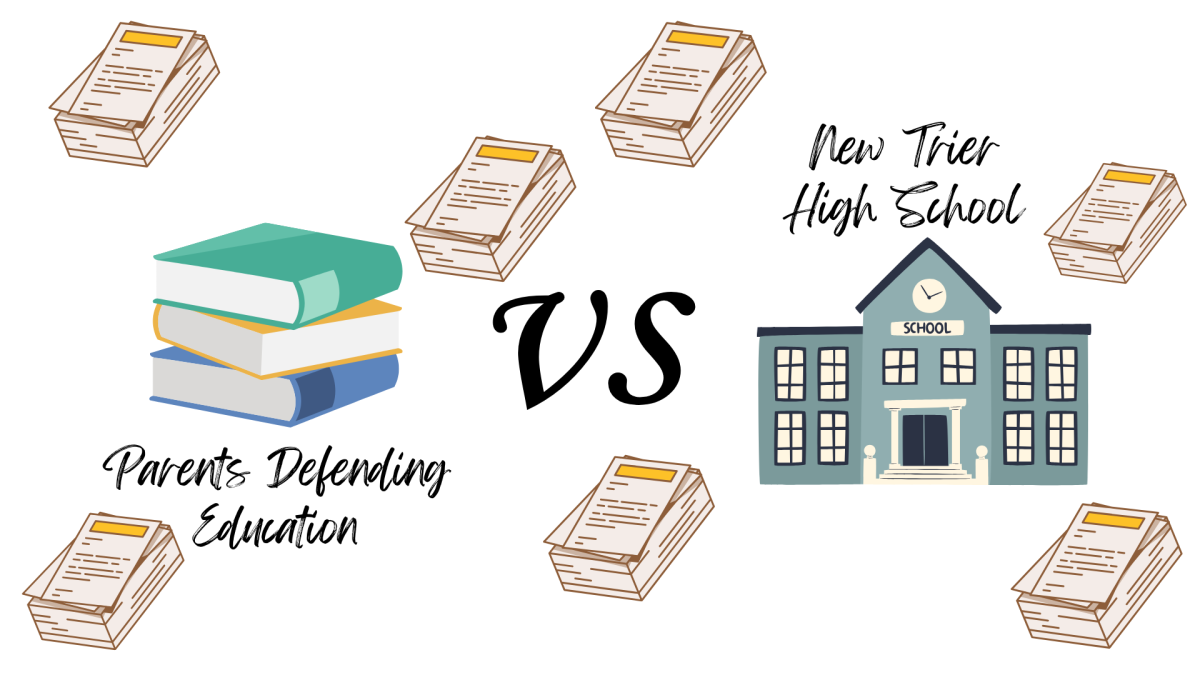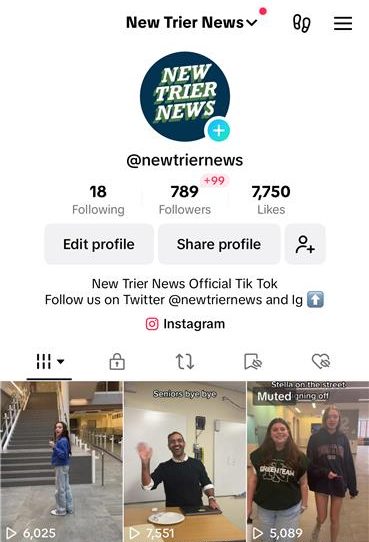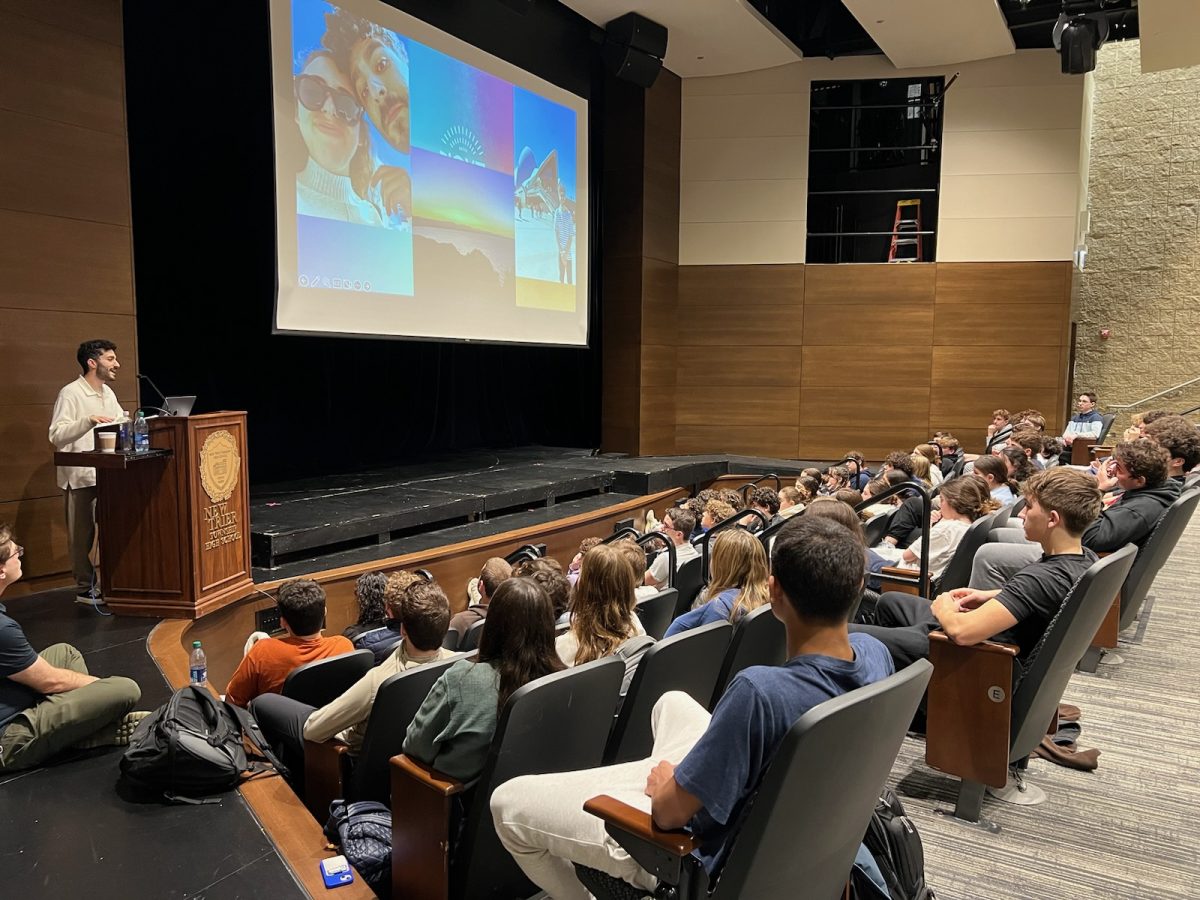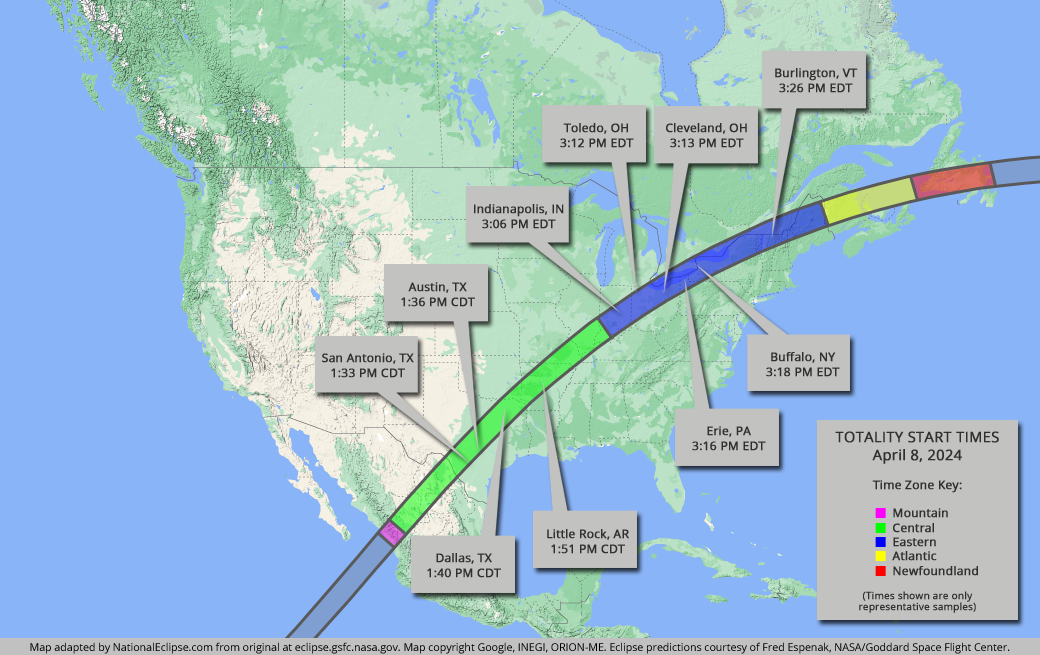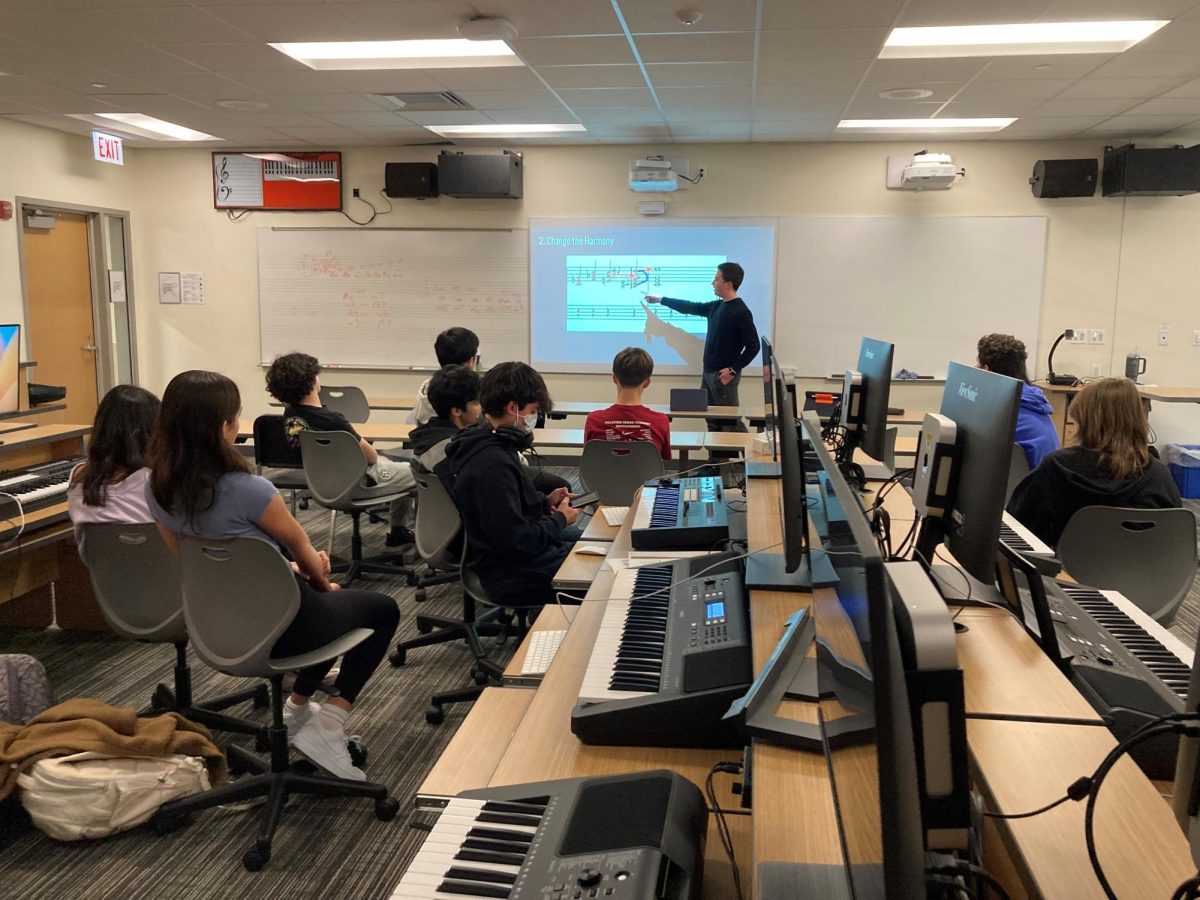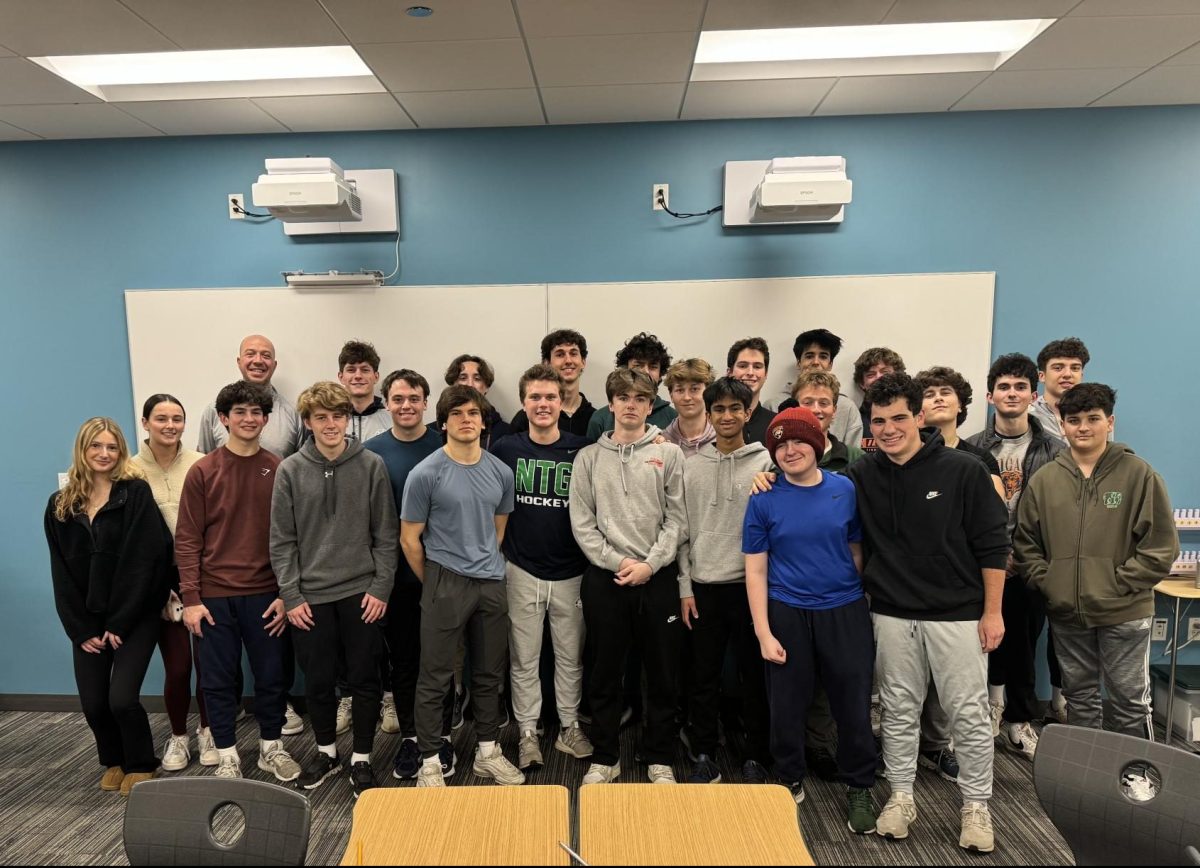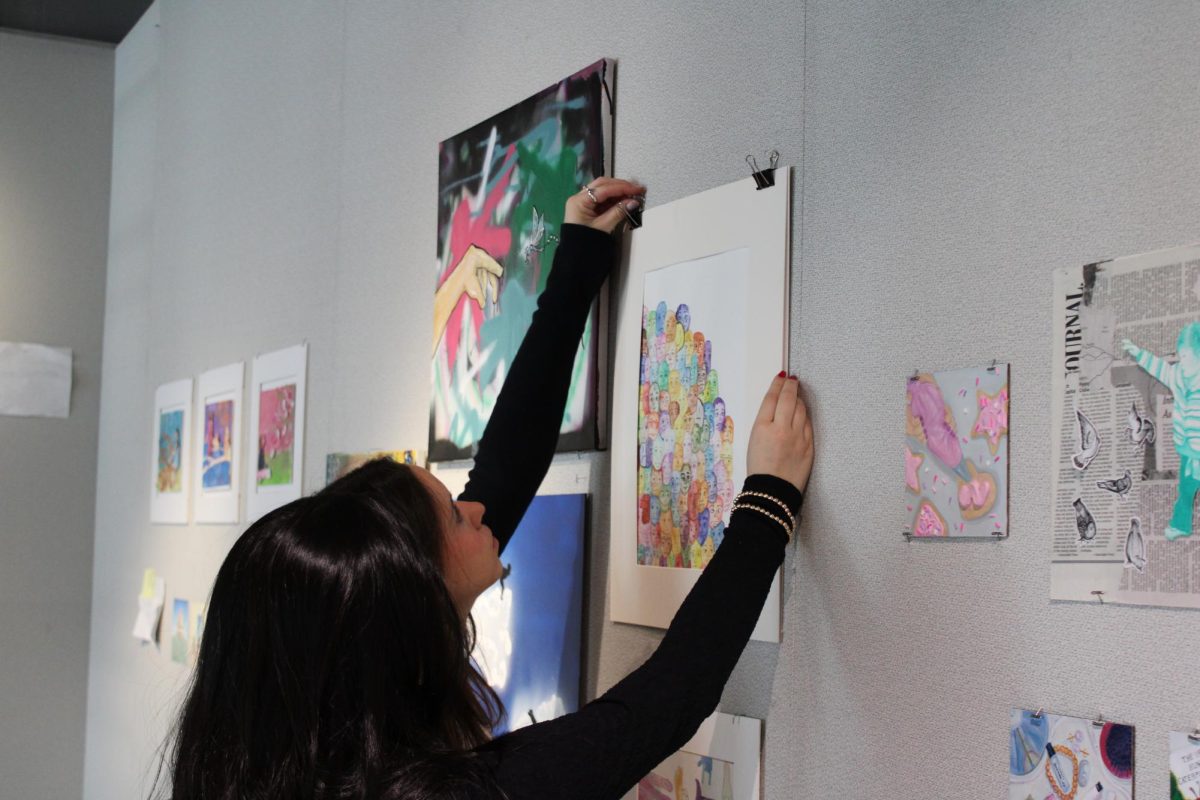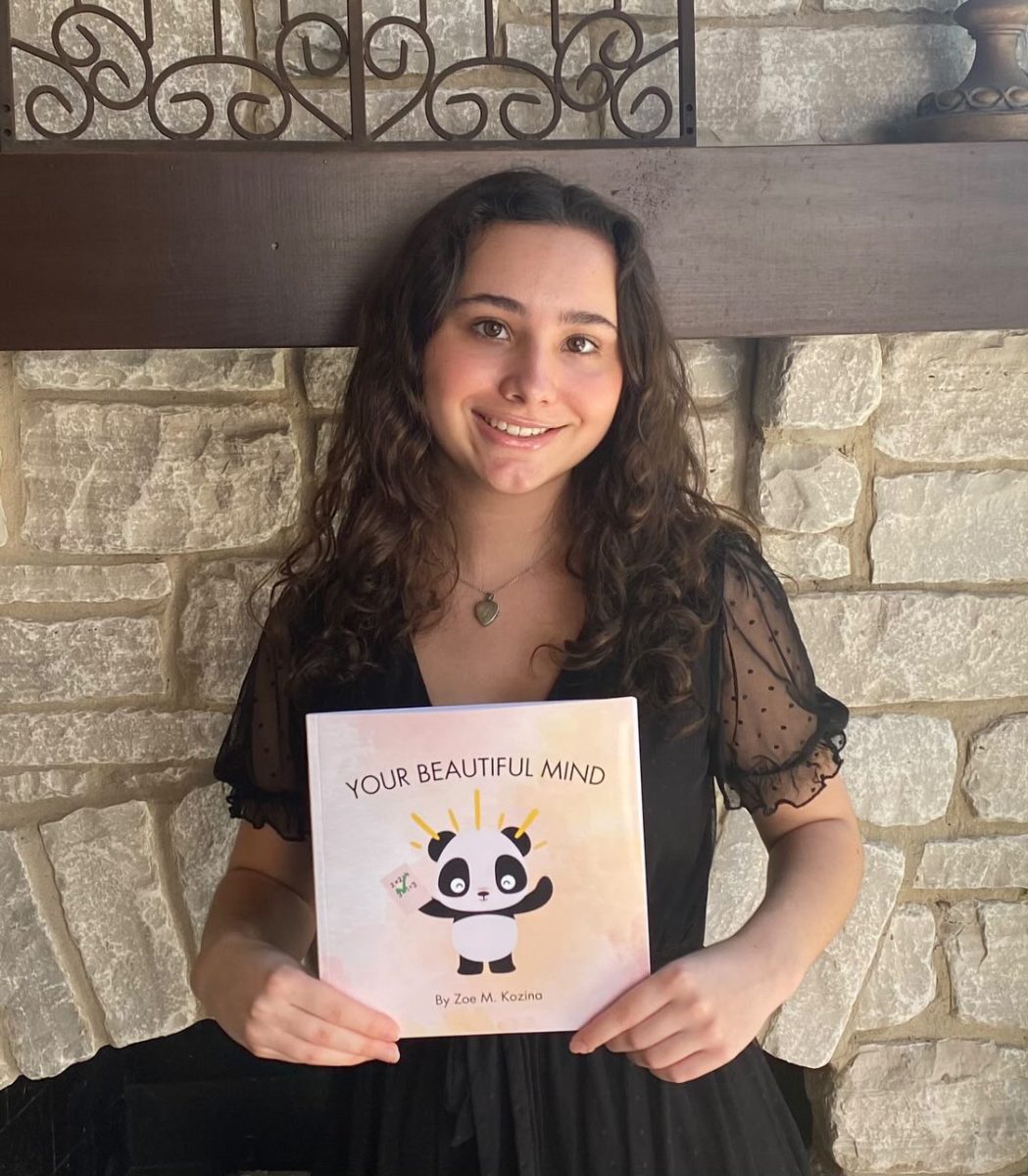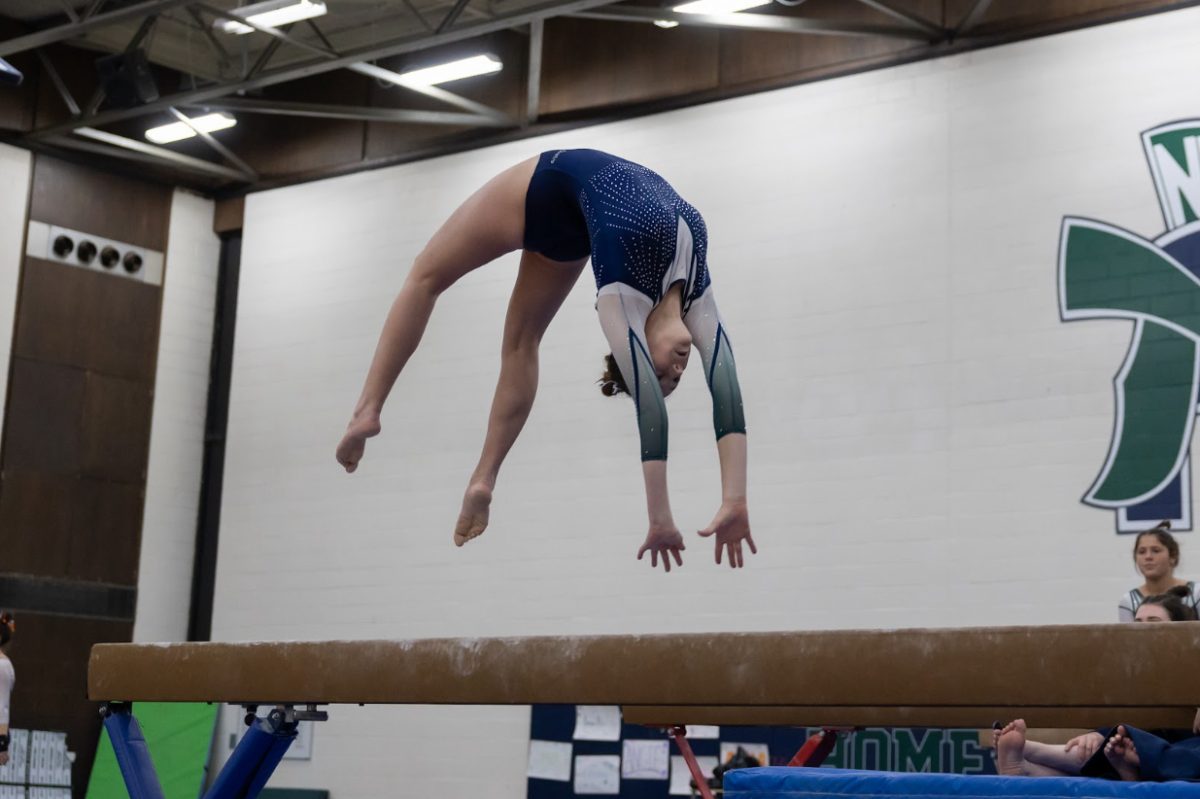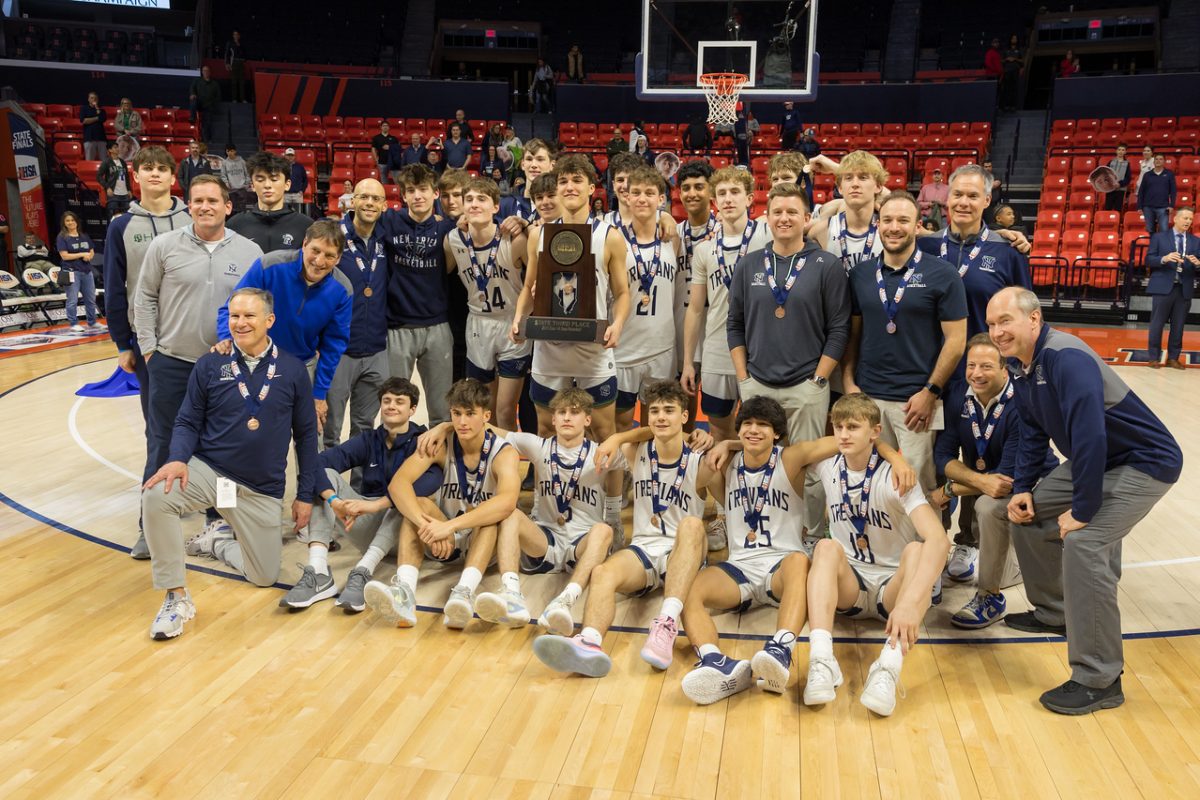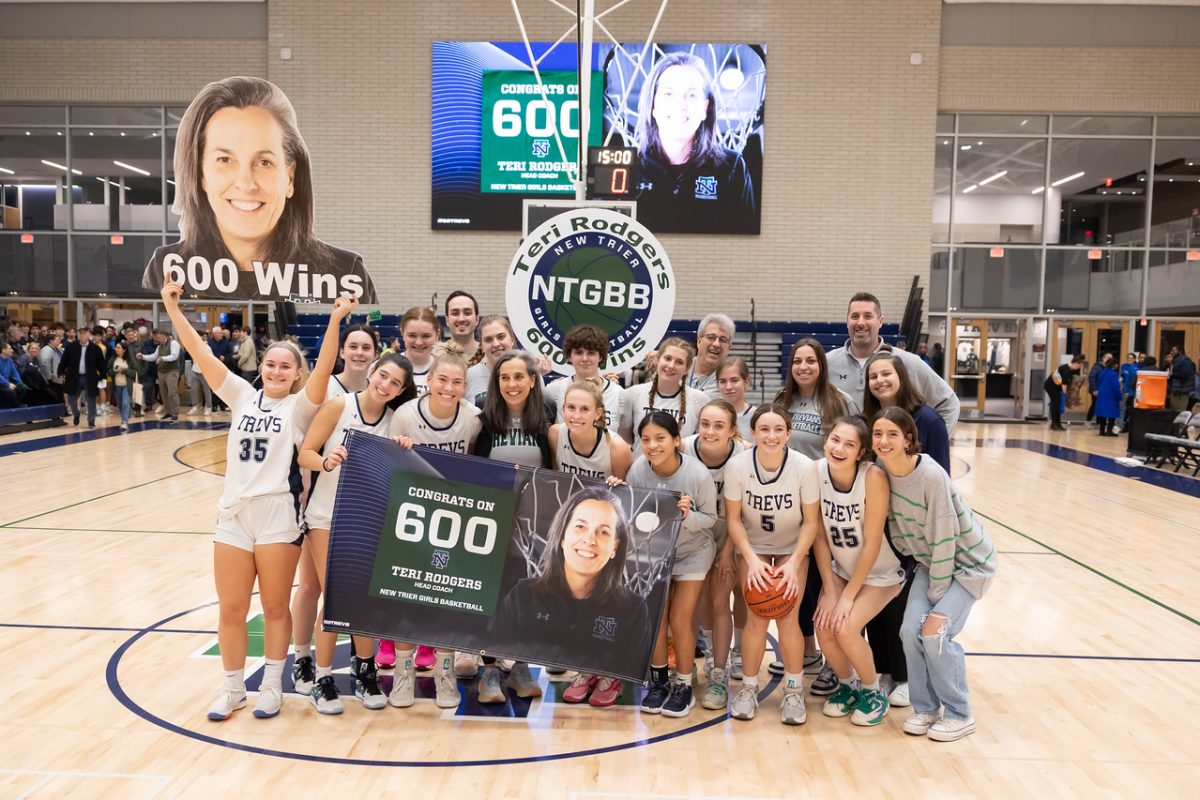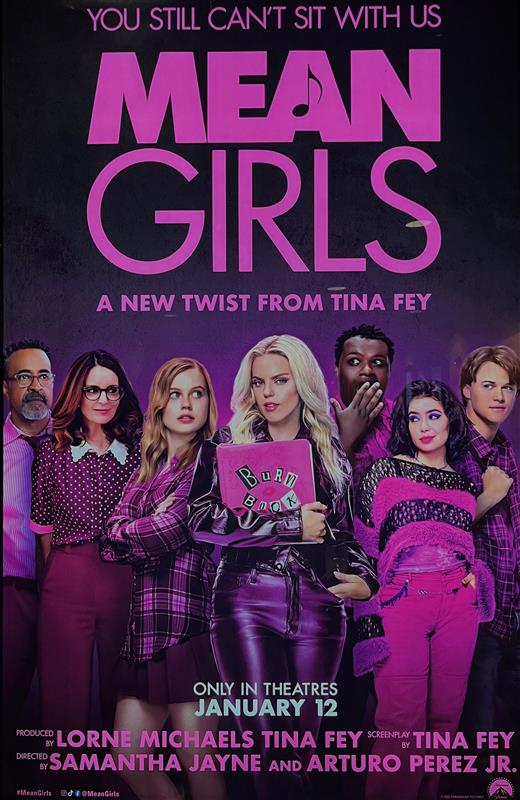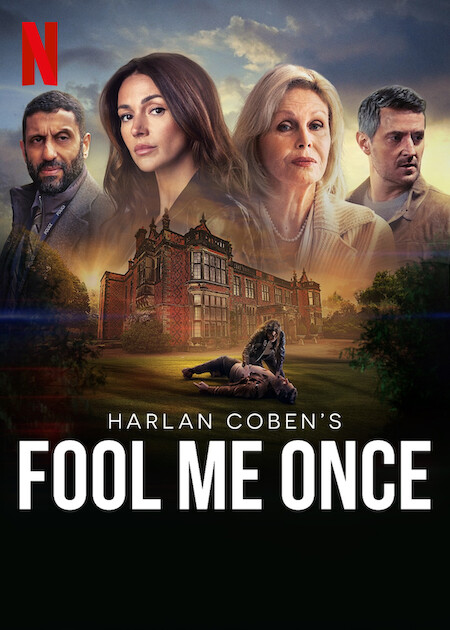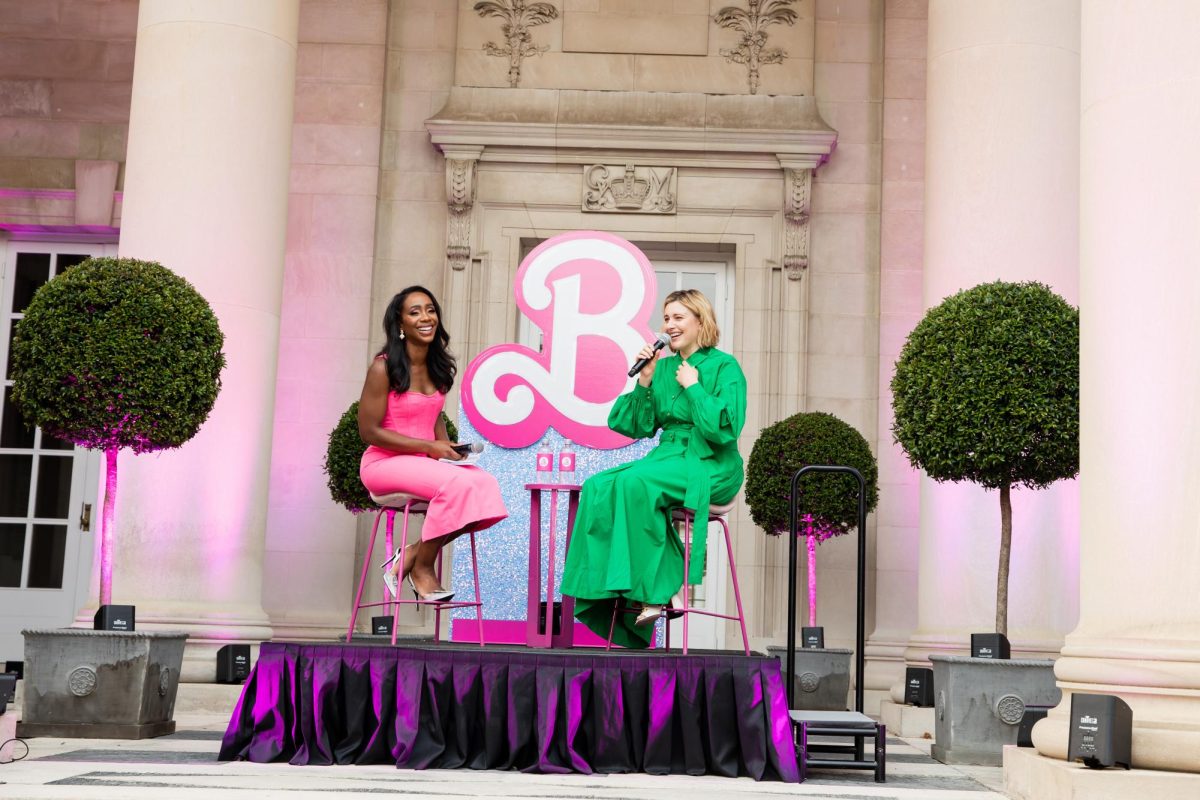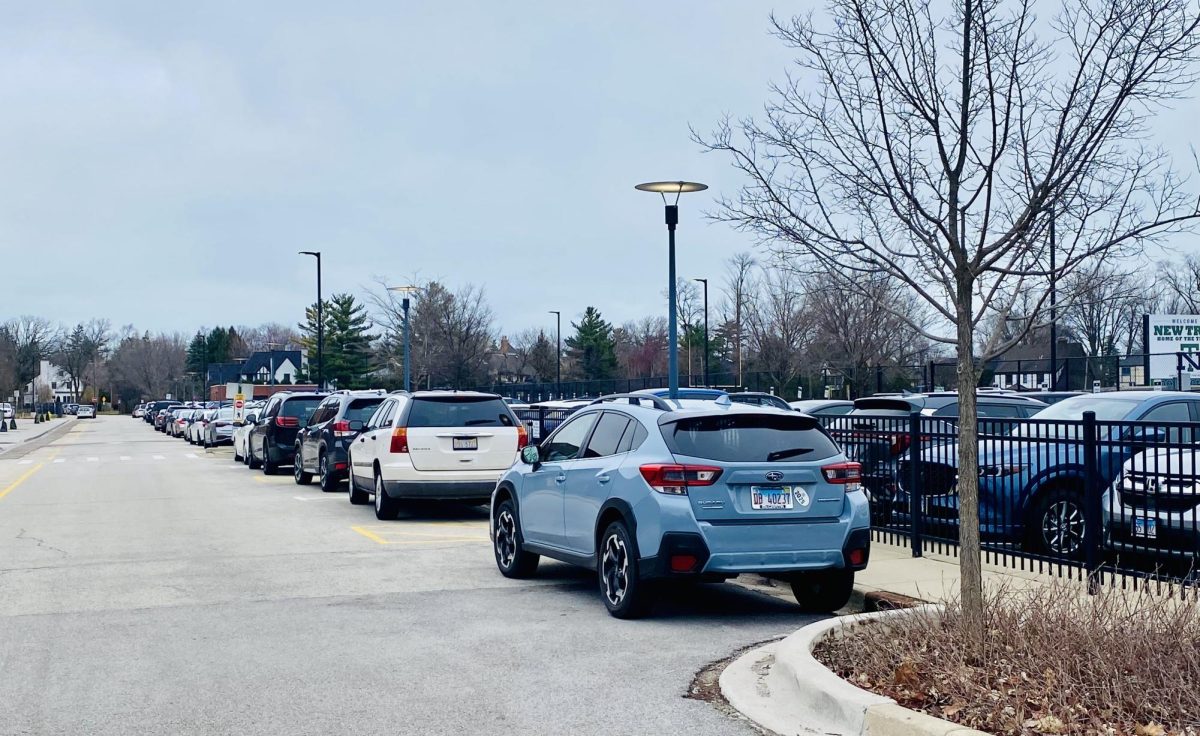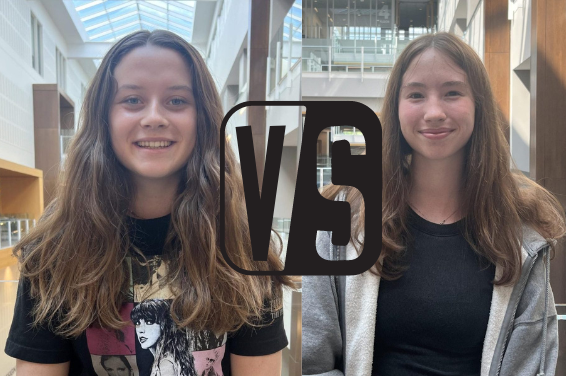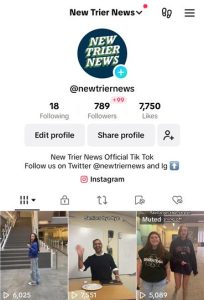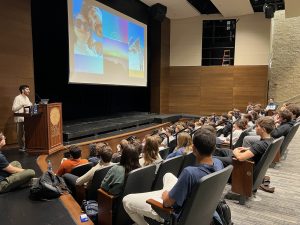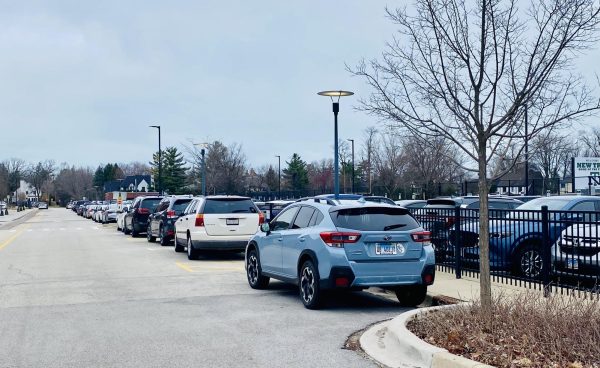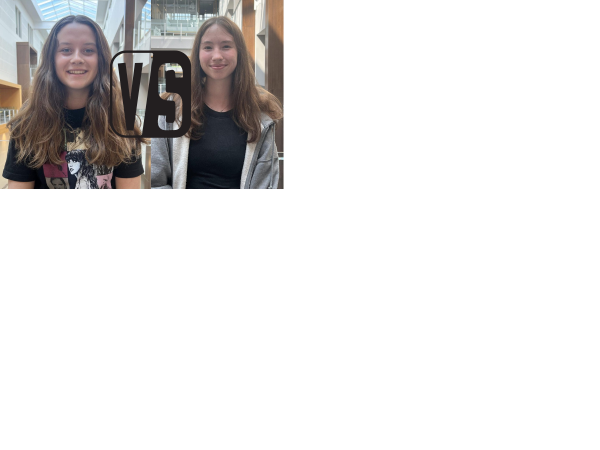The grass is always greener… with a filter
September 4, 2015
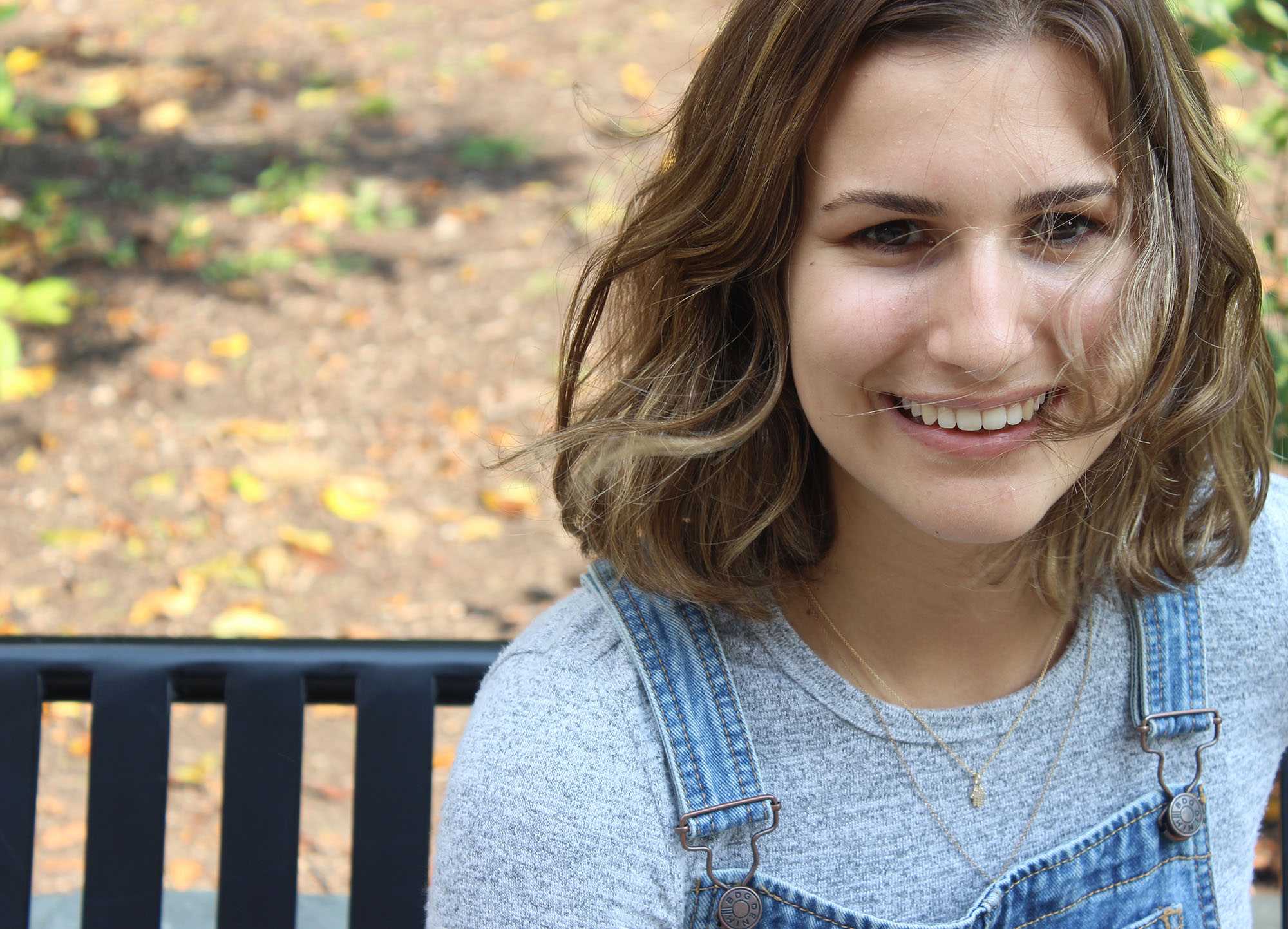 How was your summer? I’m only being half sincere. I saw your pictures; everyone did. You posted to Instagram all three days of Lollapalooza (whereas, you normally post once a week), graded every college visit by their location filter on Snapchat, went to a trendy restaurant …once, and even took a family vacation.
How was your summer? I’m only being half sincere. I saw your pictures; everyone did. You posted to Instagram all three days of Lollapalooza (whereas, you normally post once a week), graded every college visit by their location filter on Snapchat, went to a trendy restaurant …once, and even took a family vacation.
I know what you did over the summer and I also know what Gigi Hadid did. She and Joe Jonas went to Disneyland for a casual “day date,” then she jetted off with her squad (I.e. Kendall Jenner, Taylor Swift, and Cara Delevingne) to a whirlwind of music festivals across the pond.
I know that Jennifer Lawrence and Amy Schumer became quick friends this summer, too. They documented their trip to the Hampton’s on Instagram. In fact, the two are reported to be working on a screenplay together similar to the comedian stylings of Amy Poehler and Tina Fey (Vanity Fair).
If you’re unlike me and don’t keep up with pop culture, that’s okay, you don’t have to. In fact, you’re probably better off. But chances are, you keep track of your friends and your friends’ friends like it’s your job. With the use of social media, it’s easy to see where your friends are, what they’re doing, and who they’re amongst within seconds.
Take Snapchat for example. The feed is live, unfiltered nonsense that’s only creative capacity is occasional location filters and a timer. Therefore, when I open a friends ‘story,’ there’s not much room for them to fake what they’re doing because they had to capture it in the moment.
Instagram, on the other hand, is interesting in which it only highlights the exciting, colorful (filtered or unfiltered) aspects of our lives. What I mean by this is Instagram, contrary to what its name implies, is not instant. Rarely do you see someone pull open the app, snap a picture, adapt the filter, and post it in real time.
Social media has allowed us the ability to deceive our audience. Our goal on media is to heighten our actions and make everyone who isn’t around us feel as though they should be. This feeling is commonly known as FOMO, or the Fear Of Missing Out.
Our culture is obsessed with the now. We feel the need to capture every moment as it unravels in time, making social media platforms an extension of our lives; a virtual, self-made reality show. Our main concerns are relative to where we are and if that place has a good photo opportunity or not.
Although these outlets can be a great way to express oneself, it creates what I’ve coined as the reverse FOMO effect. Rather than obsessing over being left out, we’re now obsessed with the need to make others feel left out. Our personal satisfaction comes from other people’s animosity towards 10 second videos and filtered images.
No one is perfect and we all fall victim to FOMO and reverse FOMO but it’s time we start paying a little closer attention to our social habits. Provoking change in yourself is challenging because it forces you own up to a weakness that you may face. In terms of social media, we can all aim to share less.
I think establishing a sense of mystery in yourself is important. It creates more questions to be queried and a desire to learn about one another through insight and eye contact rather than a screen. If we share less through our tablets, we’re sharing more through great conversation and story.

